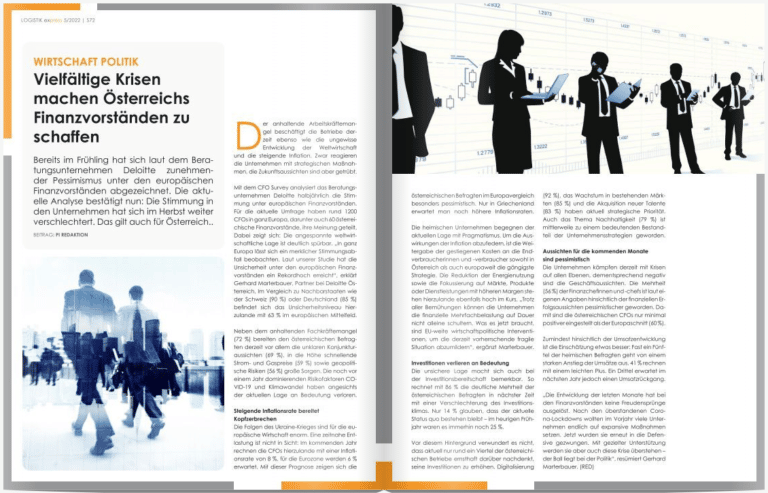The American economy and the transportation and logistics industry – a personal view
John Wagner Jr, President of Wagner Industries gives his thoughts on the American economy and how this relates to the transportation and logistics sector.
While it feels like summer already across much of the US, we continue winter’s slow economic recovery with consumers continuing to spend and the manufacturing sector growing. All of this bodes well for the transportation and logistics sector.
The Commerce Department said that consumer spending was up 0.3 percent in March while it revised February numbers to say consumers spent 0.9 percent. Fueled in part by surging auto sales, this was the biggest gain since August of 2009, which may have taken some of the wind out of the March spending numbers. Personal income also went up 0.4 percent, which we hope is a trend.
Usually consumer spending is a result of confidence so likewise, the Conference Board reported their index showed an April reading of 69.2 after a reading of 69.5 in March.
Employment continues to be a drag on the economy with the US adding only 115 thousand jobs in April. 154 thousand jobs were added in March according to the Labor Department. The unemployment rate stands at 8.1 percent, however, many people without jobs are not counted as unemployed as they have given up looking for work.
The Institute for Supply Management (ISM) said manufacturing in the US continued to grow in April as its Factory Index rose to slightly 54.8. Keep in mind that any reading over 50 signifies expansion. The April results are the 33rd straight month of small incremental growth.
For context, the ISM Factory Index bottomed out at 33.1 during the recession after running at 61.4 prior to 2008, so we have a way to go to return to the pre-recession growth rate.
The Federal Reserve echoed the ISM news with their report that industrial production improved 1.1 percent in April. Utilities, mines, and automotive plants led the growth. Utilities really jumped with a 4.5 percent increase in output. Overall capacity utilization in plants was above 79 percent, an impressive number.
On the non-manufacturing side of the economy, ISM’s Services Index dropped to a reading of 53.5 in April after hitting 56 in March. This index measures the services sector and includes non-manufacturing areas like retail sales, financial services, and transportation. The service segments of the economy drive almost two-thirds of our nation’s GDP.
The Intermodal Association of North America (IANA) said that domestic demand pushed up first quarter intermodal shipments by 5.8 percent for a total of 3.48 million. This is a record number of loadings for the first three months of any year. The domestic portion of those shipments represents a 9.1 percent increase. It appears that shippers and truckers are putting more of their loads on the rails to take advantage of better fuel economy and as a way to deal with the smaller of pool of drivers available for their fleets.
The publicly traded trucking companies are largely reporting good profits in their quarterly earnings reports. Knight Transportation reported an increase in net income of 47 percent to $14.4 million and Celadon Group earnings doubled to $5.7 million for the quarter. The mild winter across most of the US contributed to these results.
Dealing with finding safe drivers to comply with the CSA requirements continues to be a challenge as well as the high cost of replacing equipment. Fuel cost has at least moderated, especially good news for smaller carriers.
So where does all of this leave us in pricing? Truckload rates will continue to be high for the foreseeable future, as it appears that capacity is matched up pretty well with available freight. As long as this balance exists carriers will lack the leverage to get more increases. With fuel trending lower than a year ago, shippers should continue to catch a break on their fuel surcharge expense.
The LTL trucking companies will continue to push up their pricing through 2014. It is expected that we will see another increase of 4 to 5 percent this year without considering fuel surcharges. Neither the LTL or truckload sector is adding any significant capacity and the tight finance market will hinder any new company wanting to enter the trucking business.
I don’t often talk about the regulatory area but there was a win for the business community Monday when a federal judge struck down the National Labor Relations Board’s rule allowing for "quickie" union elections. The business community had said that the new rules prevented sharing their point of view with employees. Oddly, a lack of a quorum killed the rule. Only two members of the NLRB voted and both were the pro-union presidential appointees.
Quelle: eyefortransport
Portal: www.logistik-express.com



